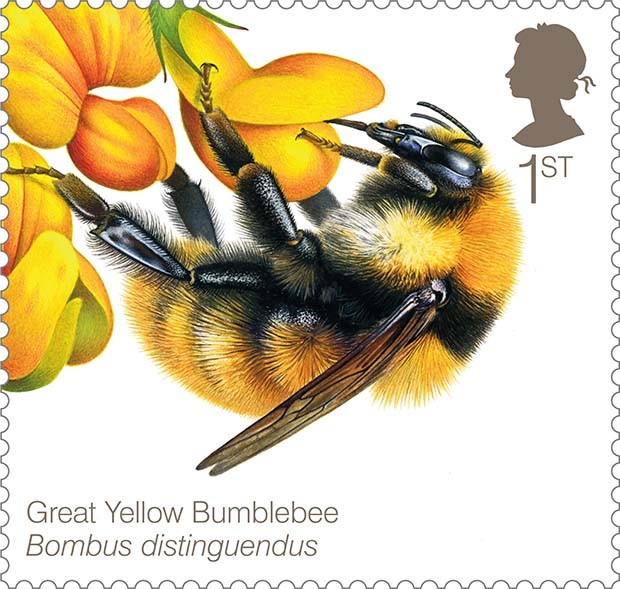In the first long-term study of New Hampshire’s bumble bee population, researchers with the New Hampshire Agricultural Experiment Station at the University of New Hampshire have found three of the state’s most important bumble bee species have experienced drastic declines and range constriction over the last 150 years, with a fourth bee also in significant decline.
Scientists found drastic decline in Bombus affinis, Bombus fervidus, and Bombus terricola, as well as significant decline in Bombus vagans, with data suggesting it has been ecologically replaced by Bombus impatiens over time. The rusty patch bumble bee, Bombus affinis, was the first bee listed as an endangered species in the continental United States earlier this year. This species is thought to be locally extinct in New Hampshire as was last collected in 1993. Among other species of greatest conservation need, Bombus fervidushas declined by 96 percent over the past 150 years, and Bombus terricola has declined by 71 percent. Bombus vagans has also experienced a significant decline of 42 percent in New Hampshire. The researchers suggest Bombus vagans receive future conservation consideration. Their analyses also found a severe constriction of the geographic range of Bombus terricola to high elevation regions in the latter half of the 20th century, and its role as pollinator of several alpine plants necessitates immediate conservation action.
Source: Morning AgClips, Dec 18, 2017
https://www.morningagclips.com/unh-finds-drastic-decline-in-bumble-bees/

- Login om te reageren
